Dark, white, ruby — how many types of chocolate do you know?
Dark, white, ruby — how many types of chocolate do you know?
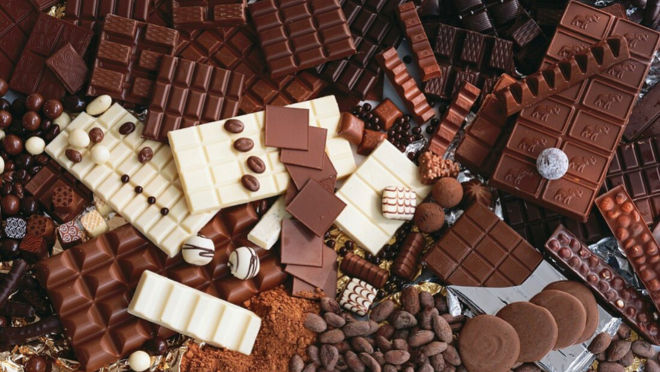
There are two kinds of people in the world: those who love chocolate and those who are clearly missing out. If you’re like most of us, you’ve got a soft spot for this sweet, sometimes bitter, miracle. And guess what? Today (7 July) is World Chocolate Day! So, in honour of this delicious celebration, let’s unwrap a fun question: just how many types of chocolate are out there?
There are three primary types of chocolate — white, milk, and dark — and everyone has a personal favourite. But how much do you really know about them? Can you tell the difference between semisweet and bittersweet? Or explain why white chocolate is softer than milk chocolate? The answer lies in how each type is made and the ingredients used.
Chocolate liquor
Often called unsweetened chocolate, chocolate liquor is the foundation of all chocolate types. It’s made by grinding cacao nibs — the inner part of the cocoa bean — into a smooth, thick paste. When heated, this paste becomes a liquid that can be shaped into bars or chips. Chocolate liquor contains 100% cocoa with no added ingredients. Under high pressure, it separates into cocoa butter and cocoa powder (also known as cocoa solids). Despite the name, chocolate liquor contains no alcohol.
White chocolate
White chocolate is easily recognised by its creamy, ivory colour. It’s made from cocoa butter, sugar, milk, vanilla, and lecithin (an emulsifier that binds ingredients). The result is a sweet, milky flavour profile with rich notes of vanilla and condensed milk.
What makes white chocolate unique is that it contains no cocoa solids, which is why it lacks the dark colour and deep cocoa flavour of other chocolates. According to the US FDA, to be legally labelled “white chocolate,” it must contain at least 20% cocoa butter, 14% milk, and no more than 55% sugar.

So, is white chocolate really chocolate? Yes — as it contains ingredients derived from the cacao bean. But not all pale products qualify. Many cheaper substitutes use vegetable fats instead of cocoa butter to cut costs. These imitations don’t meet FDA standards and can’t be called true white chocolate.
Stored correctly, white chocolate keeps for about four months. It’s ideal for baking and decorating — lending a soft richness to desserts while letting other flavours shine. Its neutral colour also makes it perfect for decorating cookies and cakes. If you’re new to using it in the kitchen, start with a white chocolate and coconut ganache.
Milk chocolate
A childhood staple, milk chocolate is beloved for its smooth texture, lighter brown hue, and sweet, creamy taste. It’s made by combining chocolate liquor, cocoa butter, sugar, and milk, often with an emulsifier like lecithin to ensure smoothness. The FDA requires milk chocolate to have at least 10% chocolate liquor and 12% milk.
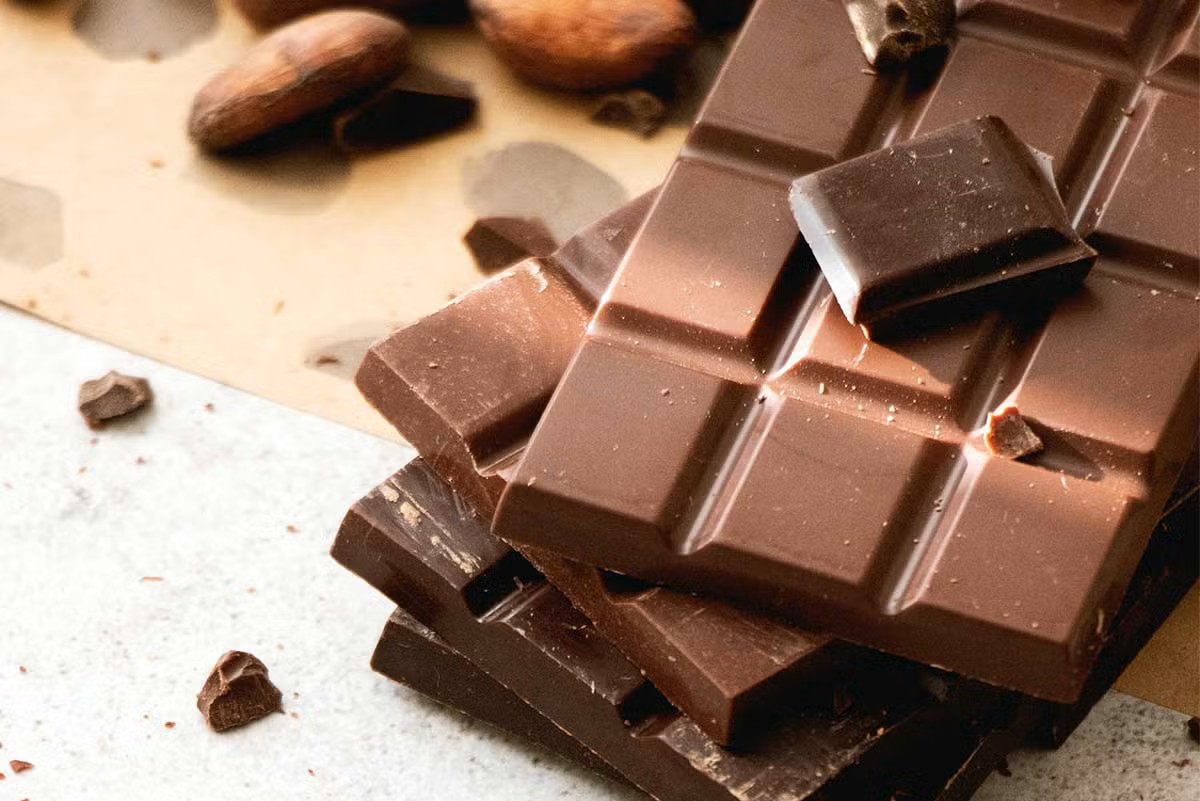
Break off a piece and enjoy the aroma of caramel, vanilla, and chocolate. Milk chocolate’s flavour profile is soft and sweet, with notes of cooked milk and a vanilla finish.
Milk chocolate sits comfortably between white and dark chocolate. It’s sweeter and softer than dark chocolate but not as sugary or rich as white. With a shelf life of around 16 months, it’s a reliable crowd-pleaser, perfect for gifts or baking recipes that call for a milder chocolate flavour — like chocolate waffles.
Dark chocolate
Dark chocolate, known for its rich brown colour, is the second most popular type. Sometimes called black or semisweet chocolate, it contains less sugar than milk chocolate and often no dairy, making it a popular vegan option.
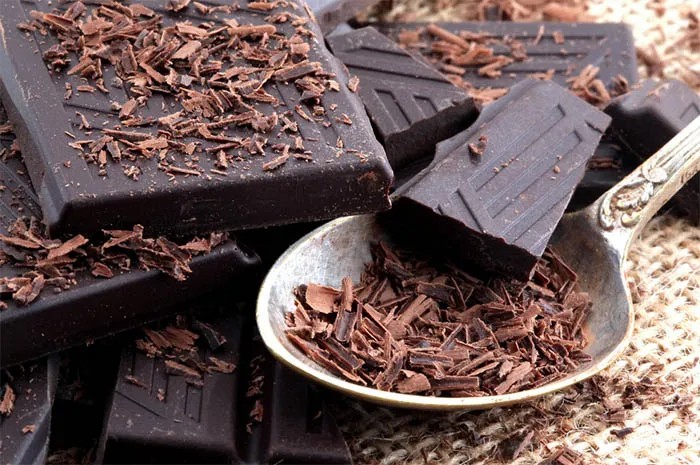
Its ingredients are typically simple: chocolate liquor and sugar, with optional vanilla or lecithin. By FDA standards, dark chocolate must contain at least 15% chocolate liquor, though quality versions often go up to 50% or more. The higher cocoa content gives it a firm texture and that signature snap when broken.
Flavour profiles range widely, depending on cocoa content and bean origin. You may detect notes of brownies, red fruits, or spices like cinnamon. Dark chocolate’s intense, chocolate-forward taste makes it excellent for baking rich treats like brownies or bourbon pecan pie. When stored properly, it can last up to 20 months.
Bittersweet chocolate
Bittersweet chocolate, also known as extra-dark chocolate, has risen in popularity with the growing interest in cacao percentages. Many now seek out bars with 70% or more cocoa for their supposed health benefits. The craft chocolate movement has also helped boost its profile.
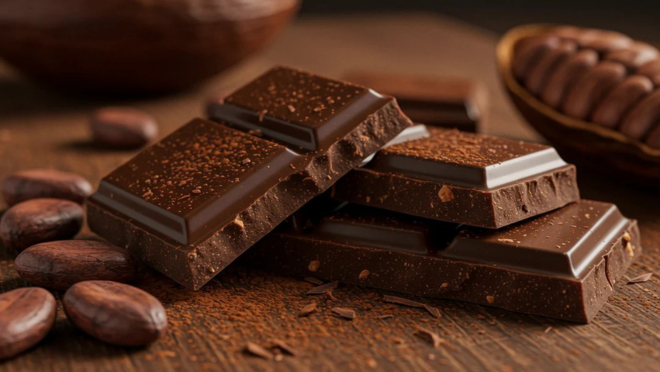
Bittersweet and semisweet chocolates share the same FDA category and must contain at least 35% chocolate liquor, though most contain 50% or more. Bittersweet versions typically contain 66% cocoa or higher, with less than one-third sugar.
As the name suggests, bittersweet chocolate is slightly more bitter than semisweet, and its flavour can vary — from fruit-forward to earthy or fudgy, depending on the cacao’s origin. It can be swapped with semisweet chocolate in baking to deliver a deeper, less sweet flavour. Try it in chocolate chip cookies or molten lava cakes. Stored correctly, it lasts around 20 months.
Cocoa powder
Cocoa powder is what’s left after chocolate liquor is pressed to remove cocoa butter. The remaining solids are ground into powder — nearly 100% cocoa.
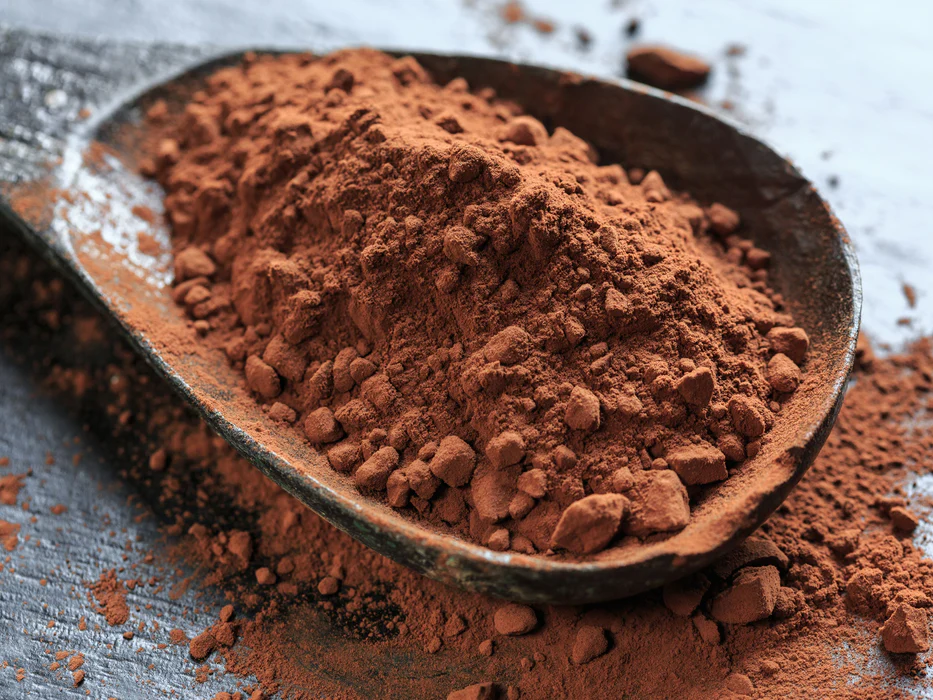
There are two main types:
- Natural cocoa: light brown with an acidic, bold flavour.
- Dutch-processed cocoa: treated to neutralise acidity, giving it a darker colour and milder taste.
Cocoa powder is essential for baking (try it in an ultimate chocolate cake) and even works in savoury dishes like spice rubs and moles. Dutch cocoa is especially good for hot chocolate, thanks to its easy solubility. Shelf life is about 18 months if stored well.
Ruby Chocolate
In 2017, a fourth type of chocolate emerged: ruby chocolate, introduced by Belgian company Barry Callebaut. Its pink-red hue isn’t artificial — it’s naturally derived from ruby cocoa beans, grown in countries like Ecuador, Brazil, and Ivory Coast.
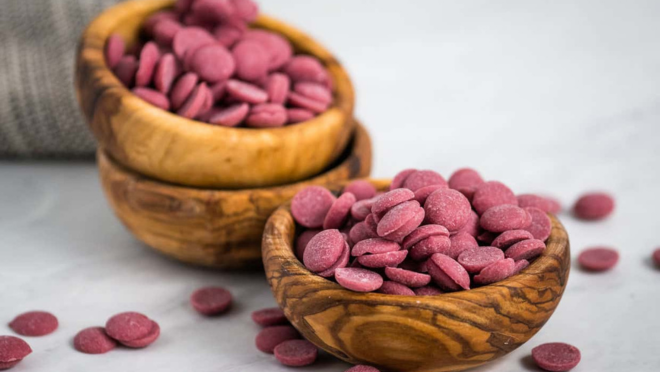
Though not yet defined by the FDA, ruby chocolate typically contains 47.5% cocoa and 26.3% milk. Its flavour is known for intense fruitiness and tart notes, making it ideal for bold, Instagram-ready confections. Ruby chocolate has a shelf life of about 12 months.
Source: Lake Champlain Chocolates


